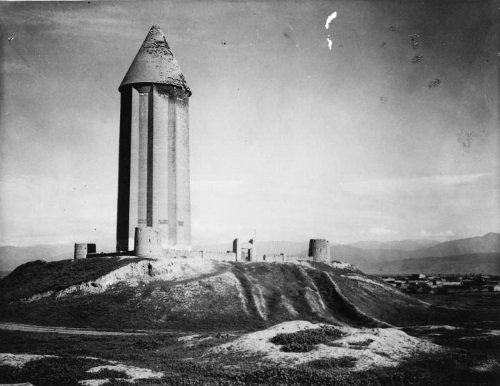First published: Sun 19 Oct 2014.
Els Slots
WHS & World War I
Comments
2 comments
Paul Tanner
11 years, 1 month ago (Oct 19, 2014)
There is a further (9th) WHS which was "damaged" during WWI - the inscribed area of the Dolomites.
The area was the front line in the war between Italy and Austria-Hungary and contains many remains of that campaign
a. Vie Ferrate built to enable troops to traverse the area
b. Remains of Gun emplacements, hospitals and trenches
c. Tunnels built both for protection but also as methods of attack by placing large amounts of explosives under opposing troops.
In case it is said that none of this actually represents "Damaged in WWI" it could be argued that even trenches and gun emplacements represent "damage" in this previously pristine environment. However, even beyond these, there are genuine "scars of battle" which remain to this day e.g on Lagazuoi an enormous explosion left a crater which is still visible.
In the Nomination File some of the aspects are described in pages 93-5
"Due to its position between the Austro-Hungarian Empire and the Kingdom of Italy the Dolomite quadrant became the territory of an heroic but bloody battle indelibly scored, not only in the memory of the populations involved, but also on the summits and peaks which literally carry the scars of this terrible mountain war." -."The first battle lines, corresponding to the peaks and crests of the mountains, were fortified with complex systems of tunnels, trenches and underground passages for many kilometres, often excavated with the help of pneumatic drills or mines. Daunting cableways were built next to these, allowing access to the highest peaks. Many mule-tracks and military roads were built in the same way, still perfectly efficient today, giving access to the heart of the main mountain groups (e.g. Sesto, Marmolada, Tofane, etc.). Some of these military postings were later adapted into refuges (e.g. Lagazuoi refuge from a former Austrian posting and A. Bosi refuge from the Italian military command) as historic evidence." - "The events which cost the lives of thousands and literally devastated the mountain skyline (the Col di Lana and Lagazuoi peaks were blown up by mines), have become history and traces of this international tragedy can still be found in the places themselves (fortifications, trenches, mule-tracks and roads)"
Some links -
http://thesevereclimber.com/2013/04/14/wire-and-war/
http://www.holimites.com/en/discover-the-dolomites/history-and-culture-005/the-great-war-in-the-dolomites-007
ANSA.it - DOLOMITES-UNESCO: A FIRST WORLD WAR BATTLEGROUND
Reply

